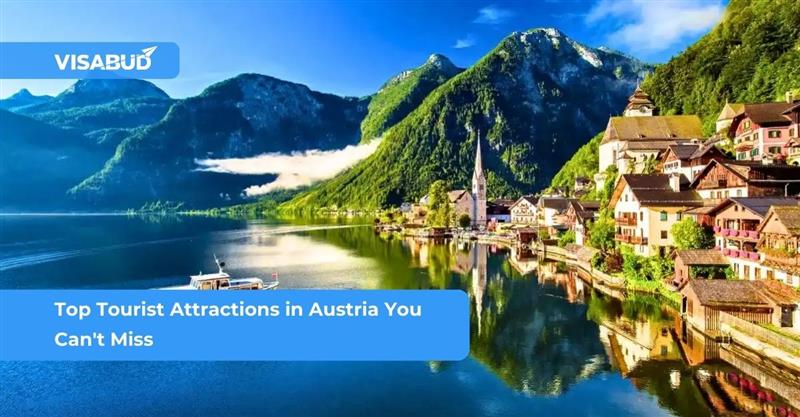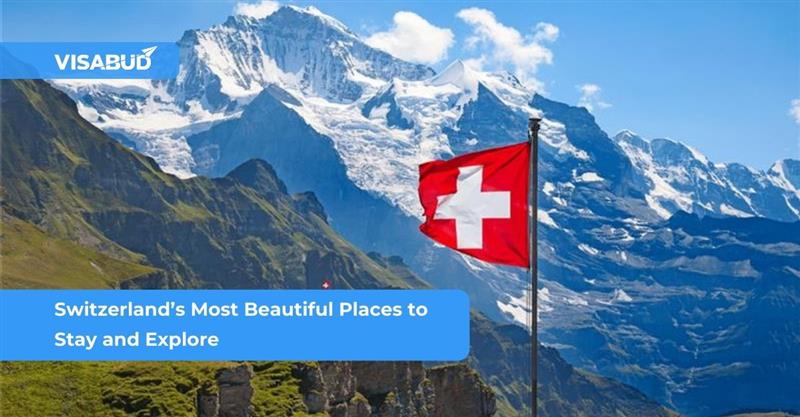Malta Travel Guide: All you need to know to visit Malta in 2025
Welcome to Malta
Malta country information
Malta Island is located in the central Mediterranean Sea, south of Sicily, Italy. Malta is considered the smallest state of the EU and consists of three known islands: Malta, Gozo, and Comino, along with several smaller uninhabited islets.
Geography
Malta is geographically positioned at the crossroads between Europe and Africa. The country comprises three main islands: Malta, Gozo, Comino, and several smaller islets. The terrain is primarily low-lying with rocky coastlines, and beautiful harbours, sandy beaches, and limestone cliffs characterize the islands. Malta experiences a Mediterranean climate with hot summers, making it a common destination for tourists, beach lovers, and outdoor enthusiasts. Despite its small size, Malta boasts a rich and diverse geographical landscape, offering a blend of historical sites, stunning natural beauty, and a beautiful coastal environment.
Climate
Malta’s Mediterranean climate is characterized by hot, dry summers and mild, wet winters. Summers in Malta, which usually extend from June to September, are warm and sunny. The sea temperature during this time is pleasantly warm, perfect for swimming and water activities. Winters, from December to February, are mild, with temperatures averaging around 15°C to 20°C (59°F to 68°F). Rainfall occurs primarily during the winter but is generally limited, and most of the year remains dry. Spring and autumn bring pleasant temperatures and are ideal for outdoor exploration. Overall, Malta’s climate provides a favourable environment for visitors to enjoy its beautiful beaches, outdoor activities, and historical sites throughout the year.
Culture
Malta is a culturally vibrant Mediterranean island with a rich and diverse heritage. Influenced by its strategic location at the crossroads of various civilizations, Maltese culture is a fascinating blend of influences from Phoenician, Roman, Arab, Norman, and British cultures, among others. The Maltese people take pride in their unique language, Maltese, which is a Semitic language with strong influences from Italian and English. The arts and festivals play a significant role in Maltese culture, with traditional music, dance, and theatrical performances being celebrated throughout the year. The island is also renowned for its impressive prehistoric temples, such as the UNESCO World Heritage site of Ħaġar Qim, showcasing its ancient past. Additionally, Malta’s cuisine reflects its diverse history, featuring a fusion of Mediterranean flavours and traditional dishes like rabbit stew (fennel) and pastizzi, a famous pastry filled with ricotta or peas. Overall, Malta’s cultural tapestry is a beautiful amalgamation of history, language, arts, and cuisine that continues to thrive and evolve.
Population
Malta has a population of approximately 514,000 people. With its small land coverage, Malta has a relatively high population density, with most population residing on the central Island of Malta—smaller people on the islands of Gozo and Comino. Over the years, Malta has experienced steady population growth, driven by natural increase and immigration. Malta has experienced an increase in immigrants of expatriates from various countries, contributing to cultural diversity. The population of Malta is characterized by a mix of Maltese nationals, expatriate workers, and foreign residents who have made the country their home.
Languages
Maltese, a Semitic language, is the national language spoken by most of the population. It has influences from Arabic, Italian, and English. Maltese is used for daily communication, official purposes, and education. Conversely, English is significant in Malta and is widely spoken and understood. It is used in business, administration, and education and is a second language for most Maltese residents. The proficiency in English among the Maltese population makes it convenient for international visitors to communicate and navigate the country quickly. Additionally, due to its historical ties with Italy, Italian is also commonly spoken and understood by many Maltese residents.
Religion
Religion plays a significant role in the cultural and social fabric of Malta. The majority of the population in Malta adheres to Roman Catholicism, with the Catholic Church holding a prominent position in Maltese society. The influence of Catholicism can be seen in various aspects of daily life, including religious festivals, traditions, and the architecture of numerous churches and cathedrals that dot the islands. The Maltese people have a strong sense of religious identity and actively participate in religious events and practices. However, Malta also upholds religious freedom, and small communities of other religious groups are present, including Protestant denominations, Orthodox Christianity, Islam, and Judaism. The country embraces a spirit of tolerance and coexistence, allowing individuals to practice their faith freely while fostering a harmonious multicultural environment.
Economy
Malta’s economy is small but highly developed, with a strong service emphasis. The country’s primary sectors include tourism, financial services, and iGaming. Malta’s rich cultural heritage and Mediterranean climate attract tourists yearly, contributing to employment and foreign exchange earnings. The financial services sector has been thriving in attracting international institutions, while the gaming industry has flourished due to favourable regulations and incentives. Also, Malta has diversified into manufacturing, pharmaceuticals, information technology, and film production sectors. The government’s business-friendly policies, stability, skilled workforce, and infrastructure support economic growth. However, the COVID-19 pandemic has impacted the tourism sector, necessitating government support and measures for recovery. Malta’s economy is advanced, diverse, and focused on services.
Government
The Government of Malta operates under a parliamentary representative democratic system. It consists of three branches: the executive, legislative, and judicial. Malta’s president ceremoniously heads the state. The legislative branch is a unicameral parliament known as the House of Representatives, with 69 members elected through a proportional representation system. The judiciary is independent and comprises various courts: The Constitutional Court of Appeal. Malta’s government is responsible for managing and administering public affairs, implementing policies, and ensuring the welfare of its citizens. As an EU member, its government promotes economic growth, social development, and the rule of law.
Related Articles

5 min read
How to Travel the World Without Quitting Your Job
The idea of traveling the world while maintaining a stable job may sound like a dream, but in today’s connected world, it’s more achievable than ever before. Many people are
Read More
5 min read
Top Tourist Attractions in Austria You Can’t Miss
Austria, a country known for its imperial history, cultural richness, breathtaking landscapes, and alpine beauty, is one of the most sought-after destinations in Europe. Whether you're a history buff, nature
Read More
5 min read
Switzerland’s Most Beautiful Places to Stay and Explore
Switzerland, celebrated for its breathtaking alpine landscapes, pristine lakes, and quaint villages, offers travelers an unforgettable experience. The towering Swiss Alps, with their world-class skiing and hiking trails, attract adventure
Read MoreA Schengen visa allows non-European Union (EU), non-European Economic Area (EEA), and non-Swiss citizens to enter and travel within the Schengen Area for a maximum of 90 days within 180 days. With a Schengen visa issued by one country, you can travel to and visit other Schengen countries without additional visas or border checks.
The Schengen Visa is not valid for Indians, but Indian nationals travelling to Malta Island obtain the visa. Countries in the Schengen area include Germany, Lithuania, Norway, P Slovenia, Spain, Sweden, Switzerland etc.
Schengen visa allows a short stay of up to 90 days.
It’s illegal to extend your stay in Malta Island.
